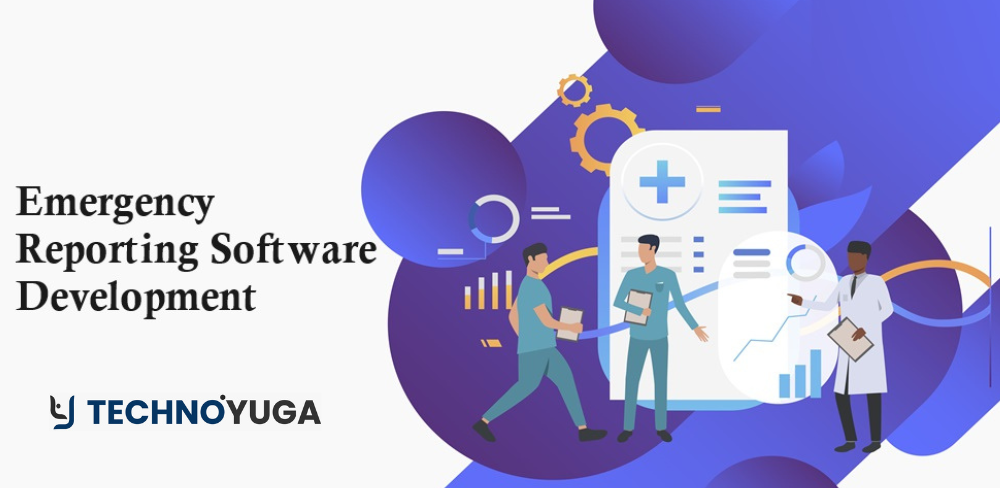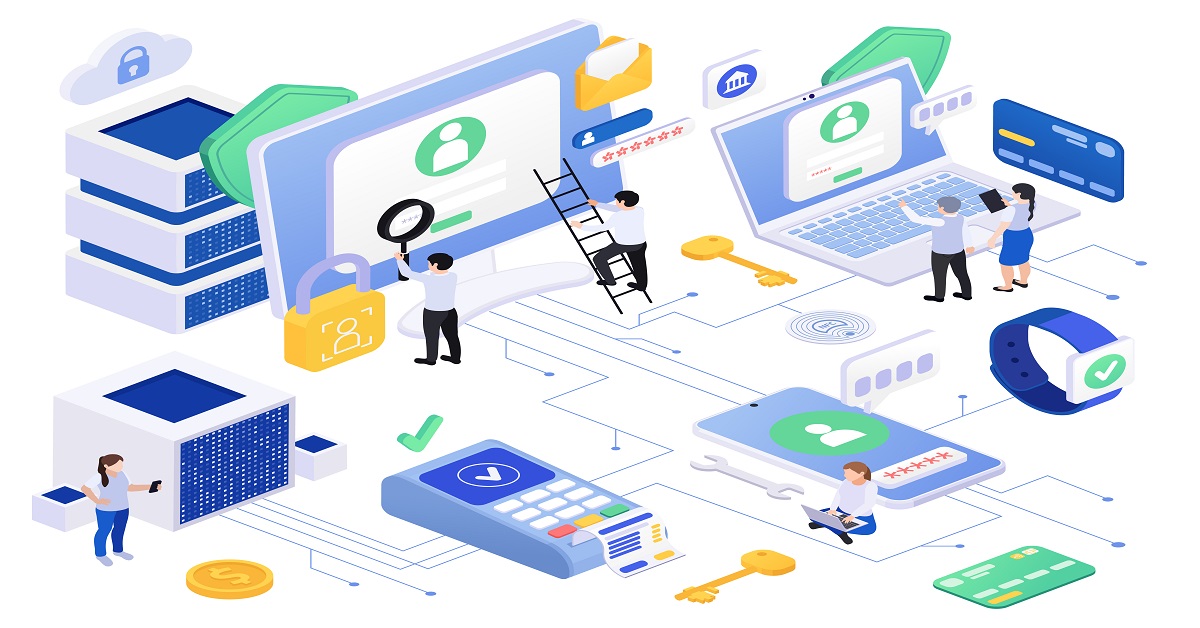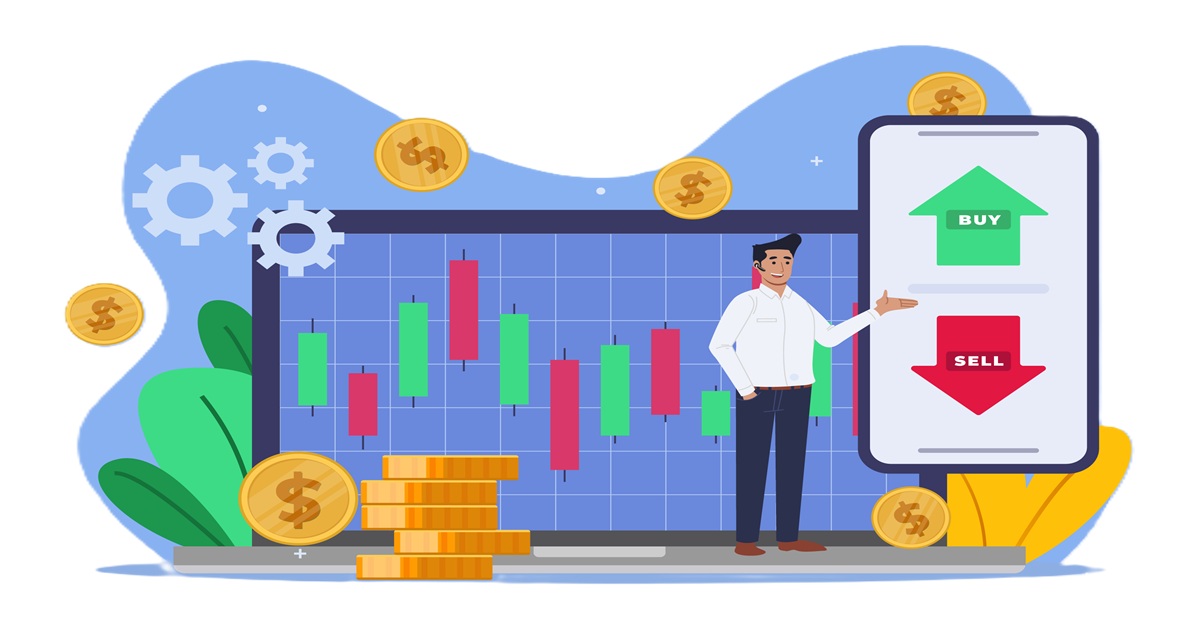In the ever-evolving landscape of emergency response, the significance of robust and agile emergency reporting software cannot be overstated. As organizations dedicated to public safety navigate complex challenges, the role of sophisticated Emergency Reporting Software (ERS) becomes pivotal in enhancing operational efficiency, ensuring swift decision-making, and ultimately saving lives.
This comprehensive guide is meticulously crafted for businesses that are planning to develop emergency reporting software. It offers an in-depth exploration into the world of Emergency Reporting Software Development.
Rooted in cutting-edge technology and industry best practices, this guide is prepared by mobile app development company professionals who can help you make informed decisions in the procurement and implementation of state-of-the-art ERS solutions.
Overview of Emergency Reporting Software
Emergency Reporting Software is a comprehensive solution designed for fire departments and emergency services to streamline incident reporting, data management, and analytics. This mobile app development concept facilitates quick and accurate reporting of incidents, including fire, medical emergencies, and other incidents. It supports real-time data entry, ensuring that critical information is captured efficiently.
Emergency Reporting Software includes features for incident tracking, resource management, and customizable reporting forms. The platform enhances collaboration among emergency response teams, enabling them to share information seamlessly. With robust analytics and reporting tools, the software helps agencies analyze trends, measure performance, and make data-driven decisions.
Its user-friendly interface and cloud-based accessibility contribute to its efficiency, making it a valuable tool for emergency service organizations seeking to optimize their operations and enhance overall safety.
How Emergency Reporting Software Works?
Understanding the functionality of Emergency Reporting Software is crucial to grasp its impact on fire service data management. The software operates by integrating various modules that cater to different aspects of emergency response. As per fintech app development company professionals, these modules often include incident reporting, resource management, personnel tracking, and analytics. Here’s how the emergency reporting system works.
- Report Incident
The process begins with incident reporting, where emergency responders input crucial data about an incident, such as location, type, and severity. This module allows for real-time data entry, ensuring that information is captured promptly and accurately.
- Manage Resources
The software assists in managing resources by providing a centralized platform to track and allocate equipment, personnel, and vehicles. It helps optimize resource utilization during emergencies, ensuring that the right assets are deployed efficiently.
- Track Personnel
The fire department management system includes features for tracking personnel involved in response activities. It involves monitoring their assignments, certifications, and availability. The system helps ensure that the right personnel with the appropriate skills are deployed to handle specific incidents.
- View Reports & Analytics
The platform incorporates robust analytics tools that allow agencies to analyze data trends, measure performance, and generate detailed reports. This step of mobile app development is crucial for post-incident analysis, identifying areas for improvement, and making informed decisions for future response strategies.
- Collaboration and Accessibility
The software enhances collaboration among different emergency response teams by providing a centralized and accessible platform. Being cloud-based, it allows authorized users to access information from anywhere, fostering efficient communication and coordination among team members and agencies.
What Are the Key Features of Emergency Reporting Software?
If you are planning for emergency reporting software development, do not forget to include the following features as highlighted by the on-demand app development company professionals.
1. Incident Reporting
Capture and document details of incidents in real time. Attach multimedia files such as images and videos for a comprehensive incident overview.
2. Resource Management
Track the availability and deployment of resources, including personnel and equipment. Optimize resource allocation based on the nature and severity of the incident.
3. Personnel Tracking
Monitor the location and status of personnel during an emergency. Ensure the safety and accountability of team members.
4. Data Analytics
Generate insightful reports and analytics for post-incident analysis. Identify trends and patterns to improve future response strategies.
5. Mobile App Development
Provide a mobile application for on-the-go access to critical information. Enable remote incident reporting and data input.
6. Integration Capabilities
Seamlessly integrate with other emergency response systems for enhanced interoperability. Connect with GIS (Geographic Information System) for spatial analysis and mapping.
Why Should You Develop an Emergency Reporting Software?
Developing emergency reporting software can be a strategic imperative for businesses, offering a range of benefits that go beyond mere compliance or risk management. In today’s fast-paced and unpredictable business environment, such a software development solution becomes a crucial asset. Here are some unique reasons why businesses should invest in the development of emergency reporting software:
1. Enhanced Responsiveness
An emergency reporting software enables businesses to respond swiftly to critical incidents. By providing a centralized platform for reporting emergencies, whether they are related to workplace accidents, security threats, or natural disasters, businesses can streamline communication with a well-developed and feature-rich emergency reporting software.
2. Protecting Human Capital
The safety and well-being of employees are paramount. An emergency reporting software not only ensures a quick response to incidents but also facilitates efficient communication to safeguard human capital. It not only contributes to a positive workplace culture but also helps in attracting and retaining top talent, as employees appreciate a proactive approach to their safety.
3. Preserving Reputational Integrity
Public perception is a critical factor in the success of any business. In the age of social media and instant information sharing, how a company handles emergencies can significantly impact its reputation. Having a robust emergency reporting system demonstrates a commitment to transparency, accountability, and the welfare of stakeholders, thus helping to preserve the company’s reputational integrity.
4. Regulatory Compliance and Risk Mitigation
Beyond the legal requirements, on-demand emergency reporting software helps businesses stay compliant with industry-specific regulations. It not only avoids potential fines but also mitigates risks associated with non-compliance. Proactively addressing emergency reporting standards positions a business as a responsible and conscientious entity, which can lead to better relationships with regulatory bodies.
5. Data-Driven Decision-Making
An emergency reporting system generates valuable data that can be analyzed to identify patterns, assess risks, and improve overall emergency preparedness. Businesses can leverage this data for informed decision-making, allowing them to refine safety protocols, allocate resources effectively, and continuously enhance their emergency response strategies.
6. Operational Continuity
The ability to respond swiftly and effectively to emergencies contributes to maintaining operational continuity. By minimizing downtime and disruptions, businesses can protect their revenue streams and ensure that they can continue to serve their customers even in challenging circumstances.
7. Customization for Unique Business Needs
Every business has its own set of challenges and emergency scenarios. Developing customized emergency reporting software allows businesses to tailor the solution to their specific needs, considering the industry, geographical locations, and unique risks they face. This level of customization enhances the software’s effectiveness and relevance.
What Are the Steps for Emergency Reporting Software Development?
Developing emergency reporting software requires careful planning and execution to ensure its effectiveness and reliability in critical situations. Here are seven steps you can follow as explained by the mobile app development services experts.
#Step 1 – Define Requirements and Objectives
Identify the specific needs and objectives of the emergency reporting software. Understand the types of emergencies it will address, the information it needs to collect, and the target users. Collaborate with stakeholders, such as emergency services, government agencies, and potential users, to gather detailed requirements.
#Step 2 – Risk Assessment
Conduct a thorough risk assessment to identify potential challenges and vulnerabilities. Consider factors such as system failures, data breaches, and network issues that could impact the software’s performance during emergencies.
#Step 3 – Design the System Architecture
Develop a robust system architecture that ensures scalability, reliability, and security. Plan for data redundancy, failover mechanisms, and integration with existing emergency response systems. Consider user interface design to ensure ease of use during high-stress situations.
#Step 4 – Select Appropriate Technologies
Choose technologies that align with the requirements and objectives. Consider factors such as real-time data processing, data storage, and communication protocols. Ensure that the selected technologies comply with industry standards and security best practices.
#Step 5 – Develop Prototypes and Conduct Testing
Create prototypes or minimum viable products (MVPs) to validate key functionalities and gather feedback from stakeholders. Conduct rigorous testing, including unit testing, integration testing, and user acceptance testing, to identify and address any issues.
#Step 6 – Implement Security Measures
Prioritize security throughout the development process. Implement encryption protocols, access controls, and secure communication channels to protect sensitive data. Regularly update and patch the software to address potential vulnerabilities.
#Step 7 – Document and Train
Create comprehensive documentation, including user manuals, system architecture documents, and emergency response protocols. Provide training sessions for end-users, emergency responders, and administrators to ensure they can effectively use the software during emergencies.
Remember to involve stakeholders throughout the development process, and consider obtaining feedback through iterative testing and refinement. Additionally, compliance with relevant regulations and standards is crucial, especially in the context of emergency reporting software. Regularly update the software to address emerging threats and improve its overall performance. Now that you know the emergency reporting software development process, it is high time to hire dedicated developers from a leading firm and get started with your project right away.
How Much Does Emergency Reporting Software Cost?
The basic cost of emergency reporting software development cost somewhere in between $8,000 t0 $25,000 and more. It is just a rough cost estimation as the final cost depends on multiple factors, including the scope of features, complexity, and customization requirements. Generally, the cost includes:
- Development Costs: Expenses related to software development, coding, and programming.
- Testing Costs: Budget for rigorous testing to ensure the software’s reliability and security.
- Deployment Costs: Expenses associated with deploying the software in the fire department’s infrastructure.
- Training Costs: Investment in training programs to ensure users are proficient in using the software.
- Maintenance and Support Costs: Ongoing costs for software updates, bug fixes, and user support.
It’s advisable to collaborate with experienced software developers who can provide a detailed cost estimate based on the specific requirements of the fire department or emergency service. To get an accurate cost estimation, connect with our mobile app development company professionals.
Do You Want to Develop An Emergency Reporting Software? We’ve Got Your Back!
Emergency Reporting Software stands as a beacon of innovation in the realm of fire department management systems and emergency response. Its multifaceted features, including incident reporting, resource management, and data analytics, contribute to a more efficient, organized, and responsive emergency service.
For organizations contemplating the development of Emergency Reporting Software, the benefits extend beyond operational enhancements. The ability to make data-driven decisions, optimize resource allocation, and ensure compliance with regulatory standards positions such software as a cornerstone in modernizing emergency response systems.
As technology continues to advance, the development and implementation of robust Emergency Reporting Software become imperative for fire departments and emergency services seeking to stay ahead in an ever-evolving landscape. Technosys, being a leading on-demand app development company, always puts in its 100% efforts to deliver outstanding software development solutions to businesses worldwide. We have a dedicated team whose professionals always focus on quality solutions.
Feel free to get in touch with us at any hour of the day!







